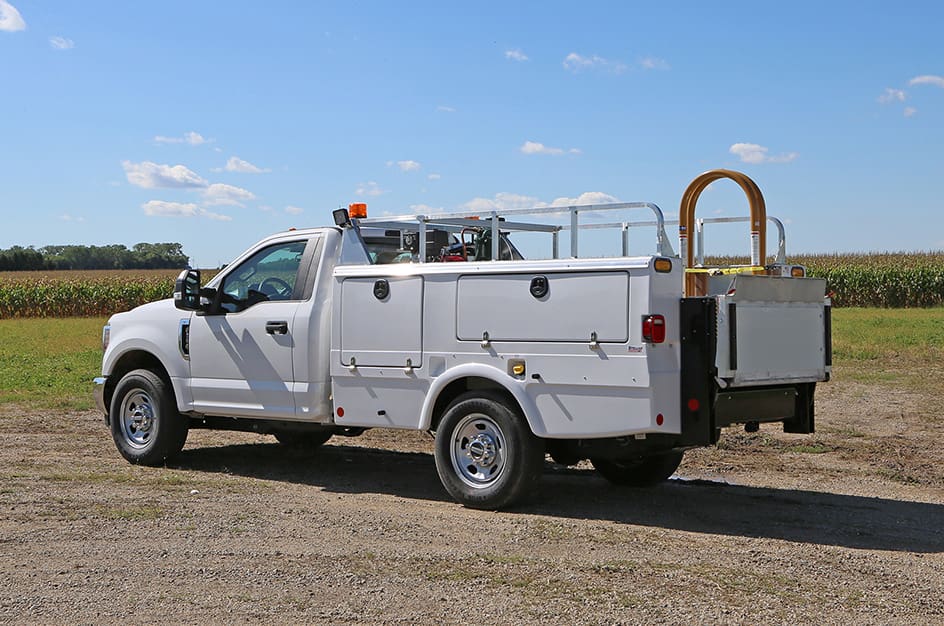Raise Your Experience: Trust Fund Morris Tires for GMC Tires Service
Raise Your Experience: Trust Fund Morris Tires for GMC Tires Service
Blog Article
Tire Solution: The Impact of Weather
When it comes to guaranteeing ideal efficiency and security on the roadway, understanding the influence of weather conditions on tire service is essential. GMC Tire Service. In this discussion, we will explore the elaborate partnership between weather problems and tire service, shedding light on the significance of weather-specific tire maintenance practices and factors to consider.
Warmth and Tire Performance
When revealed to high temperatures, tires experience adjustments in performance that can significantly influence automobile safety and handling. The warmth produced from prolonged driving or hot climate conditions triggers the tire rubber to soften, leading to lowered tread life and raised wear.

Cold Climate Impacts
Cold climate problems can have a substantial effect on tire efficiency and security. In chilly weather, tires may also shed air stress more rapidly, which can affect dealing with and gas effectiveness.
To mitigate the effects of winter on tires, it is essential to regularly examine tire pressure and inflate them to the manufacturer's suggested levels. Making use of winter months or all-season tires designed for winter problems can additionally enhance traction and hold on icy or snowy roads. Correct tire upkeep, consisting of routine evaluations for wear and damages, becomes even more vital during chillier months to ensure optimal efficiency and safety.
Rainy Issues Impact
During stormy conditions, tire performance and safety and security can be significantly affected by the damp road surface areas and minimized presence. The walk pattern of tires plays a crucial duty in keeping traction on damp roads. Tires with worn-out footsteps are much more prone to hydroplaning, where a layer of water builds up in between the roadway and the tire surface, causing loss of grip. To battle this, drivers must regularly evaluate their tires for adequate tread depth and think about buying tires specifically made for wet problems.
Furthermore, stormy climate can additionally lower presence, making it testing for vehicle drivers to see the road in advance clearly (GMC Tire Service). In such problems, it is important to change driving rates as necessary and maintain a risk-free adhering to range to permit for unexpected quits. Correctly filled with air tires can also aid in maintaining control on wet roads by giving much better handling and hold
Snow and Tire Safety And Security
When driving in snowy conditions, having the appropriate tires can make a considerable distinction in security and efficiency. Winter months tires are created with unique rubber compounds and walk patterns to provide far better grip on snow and ice contrasted to all-season tires.

It is vital to follow maker directions when making use of and mounting tire chains to prevent damage to the tires and lorry. By selecting the appropriate tires, preserving proper inflation, and taking into consideration additional grip aids like tire chains, motorists can boost their safety and security when browsing snow-covered roadways.
Weather-Related Tire Upkeep
Weather-related tire maintenance encompasses a variety of techniques aimed at guaranteeing optimal tire feature and longevity in different climate circumstances. One vital aspect of weather-related tire maintenance is tire stress law. Examining tire step on a regular basis and changing tires when step wear gets to a specific deepness is vital for preserving grip and security in damaging weather.
Verdict
In conclusion, climate condition have a considerable influence on tire efficiency and safety. From warm influencing tire stress and wear to chilly climate reducing traction, it is important to consider the climate when keeping and making use of tires. Stormy problems can lower grasp and bring about hydroplaning, while snow can raise the risk of crashes if tires are not appropriately equipped. Weather-related tire upkeep is important in making certain ideal efficiency and safety when driving.
In this discussion, we will explore the detailed relationship between weather condition problems and tire solution, shedding light on the relevance of weather-specific tire upkeep methods and considerations.

Report this page